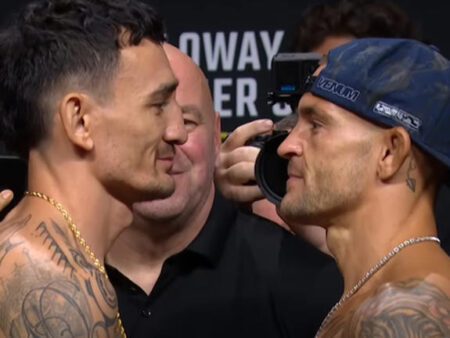

In the high-stakes world of professional hockey, where physicality and performance often overshadow the human element, the journey of Utah Mammoth goaltender Connor Ingram serves as a poignant reminder of resilience and the quiet strength required to navigate profound personal challenges. Ingram, a 28-year-old Canadian netminder, has officially been cleared by the joint NHL/NHLPA Player Assistance Program, paving his way for a highly anticipated return to the ice ahead of training camp.
A Goaltender`s Battle Beyond the Crease
Ingram`s recent hiatus from the sport began in March, a necessary step taken after the tragic passing of his mother due to breast cancer in December. It was a deeply personal blow that highlighted the often-unseen struggles athletes face away from the spotlight. His decision to step back was not merely about healing from an injury, but about addressing the profound emotional toll. As he articulated in a social media post on March 9th:
“At this point in my life, I need to put my health first and to take the proper time I need away to come back at 100 per cent.”
This statement, refreshingly candid in a sphere known for guarded responses, underscores a critical shift in how professional sports leagues, and athletes themselves, approach mental and emotional well-being. It is a testament to genuine strength to acknowledge vulnerability, a trait perhaps more formidable than stopping a puck traveling at 100 miles an hour.
The NHL/NHLPA Player Assistance Program: A Lifeline
Ingram`s clearance marks his second successful engagement with the Player Assistance Program. His first involvement dates back to 2021 during his tenure with the Nashville Predators, a period when he openly addressed his struggles with undiagnosed obsessive-compulsive disorder (OCD) and its impact on his life, including challenges with alcohol. The program, designed to provide comprehensive support for players and their families dealing with issues ranging from substance abuse to mental health concerns and family matters, offers a confidential and vital lifeline. It operates on the principle that a healthy player, both physically and mentally, is paramount for sustainable success in a demanding profession.
For a league that thrives on narratives of grit and unwavering determination, the existence and utilization of such a program reflect an evolving understanding of what it means to be a modern professional athlete. The days of `suck it up` are, thankfully, becoming a relic of the past, replaced by a more holistic approach to athlete care.
The Path Forward: On and Off the Ice
Before entering the program, Ingram had been with the AHL`s Tucson Roadrunners, initially believed to be on a rehab stint for an upper-body injury. His subsequent revelation about the true nature of his leave – coping with personal loss – provided critical context. While his statistics from last season, 9-8-4 with a 3.27 goals-against average and an .882 save percentage, might not jump off the page, they represent a player navigating immense personal turmoil. His return to the Utah Mammoth (or Utah Hockey Club as per recent rebranding efforts, reflecting the fluid nature of expansion franchises in a thriving market) is not merely about adding a goaltender to the roster; it`s about the return of a human being who has demonstrated profound courage and commitment to self-care.
As training camp looms, all eyes will be on Ingram, not just for his performance between the pipes, but as an emblem of resilience. His journey reminds us that even those who appear invincible on the ice are, at their core, individuals facing the same unpredictable challenges as anyone else. His story is a powerful narrative of hope and the importance of seeking help, proving that sometimes, the greatest saves happen off the ice.









